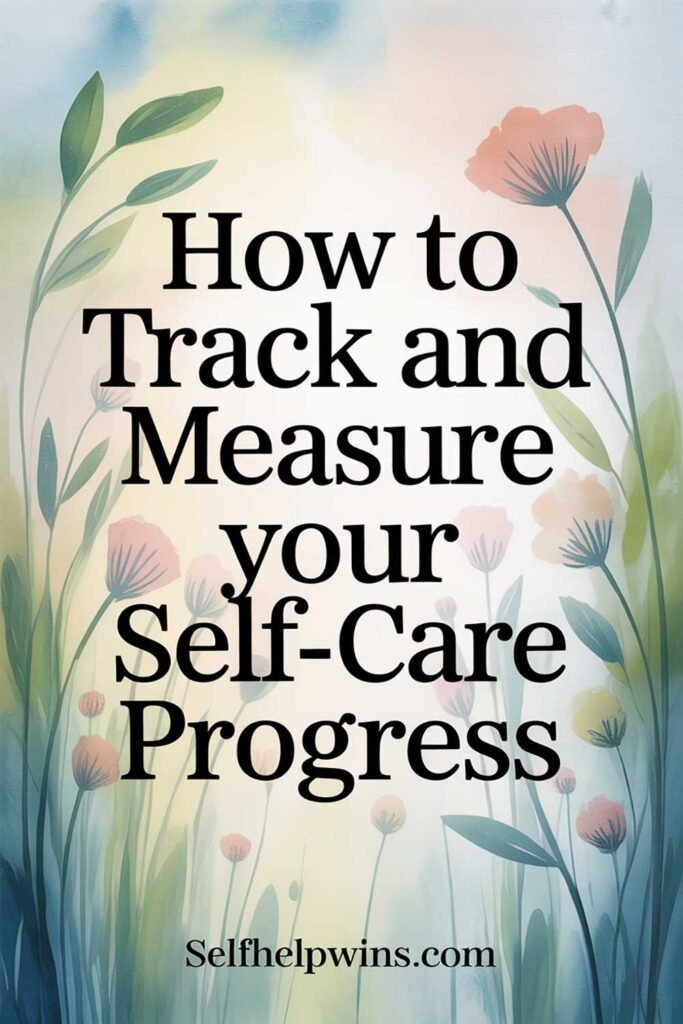
If you know someone who could benefit from this article, please share it with them. Active listening can transform communication, strengthen relationships, and deepen understanding.
Active Listening: How to Truly Hear What Someone Is Saying
What Is Active Listening?
Active listening is the practice of fully concentrating on, understanding, and responding to what someone is saying. It involves more than just hearing words—it requires being present, engaged, and empathetic. By mastering active listening, you can foster trust, clarity, and stronger connections in your personal and professional relationships.
Benefits of Active Listening
- Improved Communication: Reduces misunderstandings and enhances clarity.
- Stronger Relationships: Builds trust and demonstrates respect.
- Enhanced Problem-Solving: Encourages open dialogue and collaborative solutions.
- Increased Empathy: Deepens your understanding of others’ perspectives.
The Key Components of Active Listening
1. Pay Full Attention
Focus entirely on the speaker without distractions.
- Tips:
- Maintain eye contact.
- Put away devices and other distractions.
- Stay physically and mentally present.
2. Use Non-Verbal Cues
Show engagement through body language and facial expressions.
- Examples:
- Nod occasionally to show agreement or understanding.
- Use open body posture to convey interest.
- Smile or mirror expressions appropriately.
3. Avoid Interrupting
Let the speaker finish their thoughts before responding.
- Why It Matters: Interruptions can make the speaker feel unheard or disrespected.
4. Reflect and Paraphrase
Restate what the speaker has said to confirm your understanding.
- Examples:
- “What I’m hearing is…”
- “It sounds like you’re feeling…”
5. Ask Open-Ended Questions
Encourage the speaker to elaborate and share more details.
- Examples:
- “Can you tell me more about that?”
- “What do you think led to this situation?”
6. Validate Their Feelings
Acknowledge the speaker’s emotions and experiences without judgment.
- Examples:
- “That sounds really challenging.”
- “I can see why you feel that way.”
7. Provide Thoughtful Responses
Respond in a way that shows you’ve understood and considered what was said.
- Examples:
- Offer constructive feedback when appropriate.
- Share relevant experiences to show empathy and understanding.
Common Barriers to Active Listening and How to Overcome Them
1. Distractions
- Barrier: External noise or internal thoughts can pull your focus away.
- Solution: Create a quiet environment and practice mindfulness to stay present.
2. Prejudgments
- Barrier: Forming opinions before the speaker finishes.
- Solution: Approach conversations with an open mind and suspend assumptions.
3. Overthinking Your Response
- Barrier: Planning your reply instead of focusing on the speaker.
- Solution: Trust that you’ll know what to say after fully understanding their message.
4. Emotional Reactions
- Barrier: Personal feelings may cloud your ability to listen objectively.
- Solution: Take a deep breath and focus on the speaker’s perspective.
Practical Exercises to Improve Active Listening
- Mirror Practice: Practice repeating and paraphrasing a friend’s statements during casual conversations.
- Silent Listening: During a conversation, focus entirely on listening without interrupting or preparing a response.
- Role-Playing: Work with a partner to simulate challenging listening scenarios and practice active techniques.
- Mindful Conversations: Set aside a distraction-free time for a meaningful dialogue with someone close to you.
Picture This
Imagine engaging in a conversation where the speaker feels completely heard, valued, and understood. Your ability to listen actively creates an atmosphere of trust and empathy, strengthening your relationships and opening the door to deeper, more meaningful connections. What step will you take today to become a better active listener?






